You might think the age of sea monsters ended millions of years ago, but think again. Right now, beneath the waves of our modern oceans, ancient giants continue their eternal dance of survival. These aren’t Hollywood fantasies or sailor’s tales, but real creatures whose lineages stretch back hundreds of millions of years.
Picture this: You’re diving into the deep, where sunlight never reaches, and suddenly encounter something that looks exactly like it crawled out of a prehistoric nightmare. These ancient aquatic survivors have adapted to the changing ocean time and time again, with the coelacanth predicted to belong to a lineage that has been around for 360 million years. Today’s oceans harbor living relics that witnessed the rise and fall of dinosaurs, survived multiple mass extinctions, and continue to thrive in Earth’s most mysterious realm.
Scientists believe that we have only identified 9 percent of ocean species, which makes you wonder what other prehistoric titans might be lurking in the unexplored depths. Let’s dive into the fascinating world of these living fossils and discover call our oceans home.
The Coelacanth: The Fish That Time Forgot
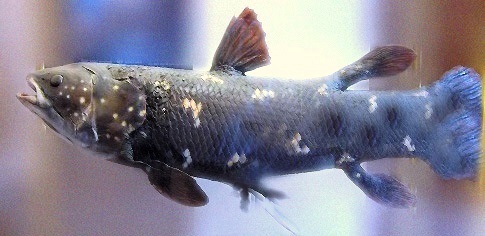
Imagine scientists declaring an entire species extinct for 66 million years, only to have one show up in a fisherman’s net decades later. Its discovery over 66 million years after its supposed extinction makes the coelacanth the best-known example of a Lazarus taxon, a taxon or an evolutionary line that seems to have disappeared from the fossil record only to reappear much later. This remarkable fish truly deserves its reputation as one of nature’s greatest comeback stories.
Often referred to as a “living fossil,” the coelacanth looks remarkably similar to its fossil relatives from 300 million years ago. The oldest identified coelacanth fossils are around 420–410 million years old, dating to the Pragian stage of the early Devonian. What makes these fish even more extraordinary is their unique anatomy: they possess lobed fins that move in patterns similar to walking, making them more closely related to land vertebrates than to most fish species.
Today’s coelacanths inhabit very specific environments. Coelacanths live in temperate waters in the “twilight zone,” generally between 500-800 feet (152-243 m), off steep rocky slopes of volcanic islands. In the daytime, the Comoran specimens are known to cluster together in “caves” in submarine lava deposits, from which they venture at night to feed. These mysterious giants can reach lengths of up to six feet and live for more than 60 years, making them true ancients of the deep.
Giant Squid: The Real-Life Kraken
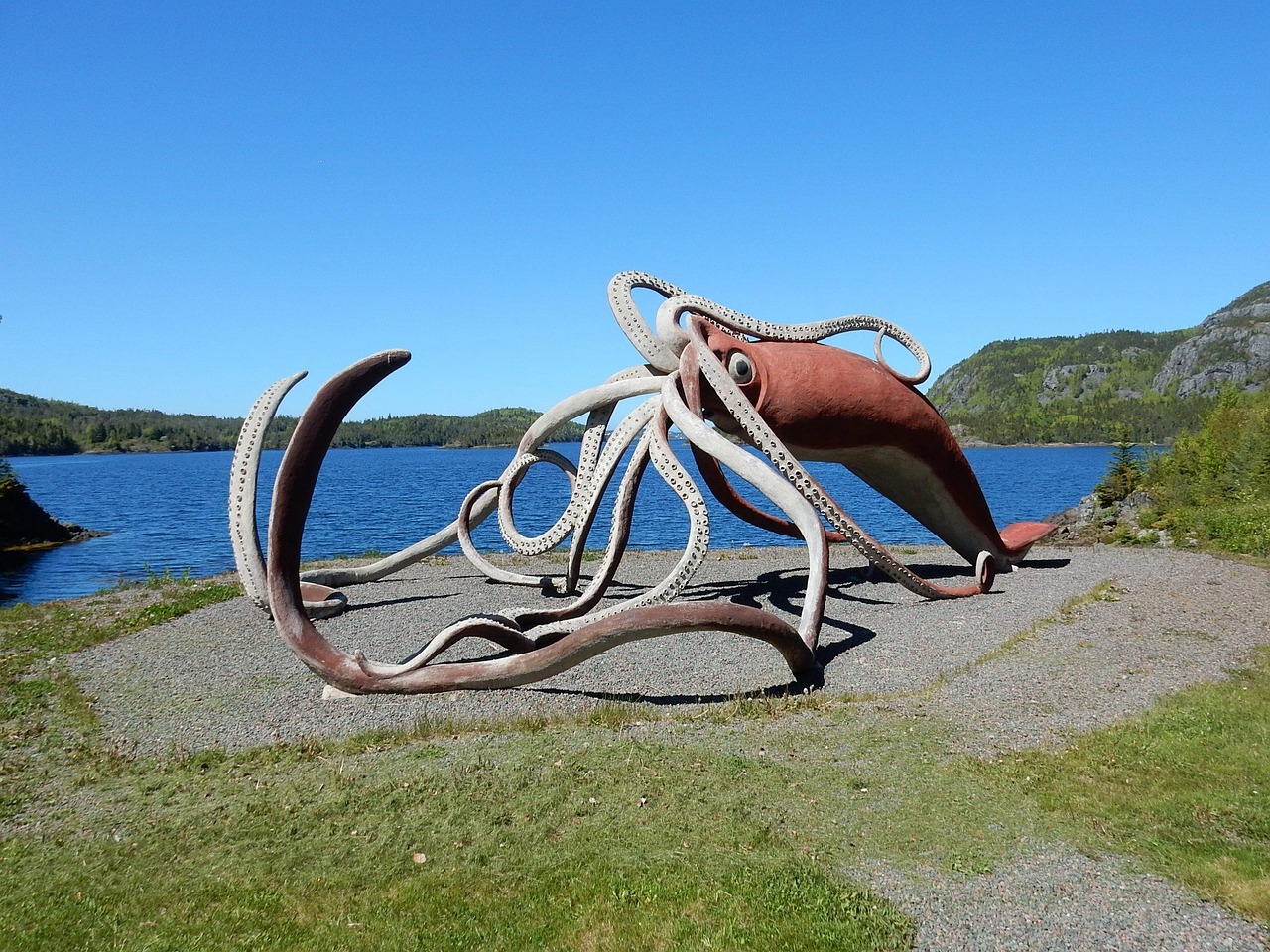
For centuries, sailors told terrifying tales of massive tentacled beasts capable of destroying entire ships. As with many legends, the Kraken started with something real, based on sightings of a real animal, the giant squid. It is believed that the legend of the Kraken may have originated from sightings of giant squid, which may grow to 10.5 metres (34 ft) in length. These colossal cephalopods aren’t just mythical monsters, they’re very real prehistoric survivors.
The largest confirmed Architeuthis specimens reach around 12-13 metres in length, though larger specimens approaching 18 metres have been reported, including the very long pair of tentacles, but the vast majority of specimens are much smaller. The giant squid’s eyes are the largest in the animal kingdom and are crucial in the dark depths it inhabits (up to 1,100 metres deep, perhaps reaching 2,000 metres). These incredible adaptations allow them to thrive in an environment that would be completely alien to most life forms.
Despite their fearsome reputation, giant squid remain largely mysterious to scientists. The reason we know giant squids exist is that they happen to float when they die. But we really [have] only explored 5 percent of the ocean, and I think we’ve explored that in the wrong way. Recent footage has shown these creatures to be active hunters rather than passive drifters, using their powerful tentacles to capture prey with lightning speed in the ocean’s darkest depths.
Horseshoe Crabs: The Ultimate Survivors

If you want to meet a true champion of survival, look no further than the horseshoe crab. At Children’s Aquarium Dallas, the horseshoe crab stands as a marvel of evolution, having thrived for 450 million years. The horseshoe crab has not only outlived dinosaurs but has also survived five mass extinctions. Think about that for a moment: these creatures have witnessed every major catastrophe Earth has thrown at life, yet they continue to scuttle along our coastlines.
Often mistaken for crabs, these ancient arthropods are more closely related to spiders and scorpions. With their distinctive three-part body structure and ten eyes, horseshoe crabs play a critical role in coastal ecosystems and the biomedical industry. Their alien appearance reflects their ancient heritage, looking more like something from another planet than a modern Earth creature.
What makes horseshoe crabs even more remarkable is their blue blood, which has become invaluable to modern medicine. Their blue blood, vital for ensuring the safety of medical products, clearly shows their importance beyond the ocean. However, despite their incredible resilience throughout geological history, these living fossils now face their greatest threat yet: Unfortunately, horseshoe crabs are facing extinction for the first time in their existence. Scientists believe that this is a result of climate change, habitat loss, and human harvesting.
Frilled Sharks: Serpents of the Abyss
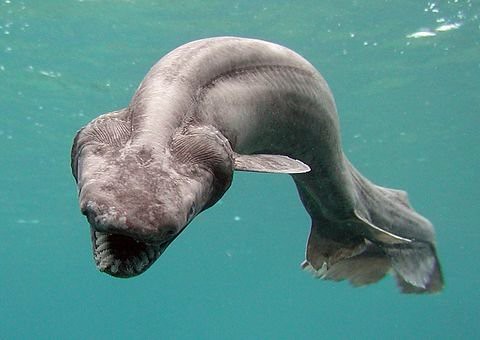
Swimming through the deepest parts of our oceans is a creature that looks more like a prehistoric sea serpent than a modern shark. The Frilled Shark is a truly unique prehistoric sea creature that has remained unchanged for 80 million years. Found in the deepest, darkest corners of the ocean, this elusive shark possesses a distinctly primitive appearance. With its eel-like body and ancient features, encountering one would be like meeting a living dinosaur.
Looking more like a snake than a shark, frilled sharks are still cousins of some “actual” sharks, including the great white and the hammerhead. They were given the name “frilled shark” because their gills have a very frilly appearance. This distinctive gill structure is just one of many primitive features that set them apart from their modern relatives.
The hunting behavior of frilled sharks is as alien as their appearance. Averaging 300 pin-sharp teeth and a hinged jaw, frilled sharks are believed to quickly lunge for their prey – devouring deep sea fish and squid half their size – whole. Also similar to a snake, these sharks have a hinged jaw and can eat pretty big creatures whole. Their ability to unhinge their jaws like a snake allows them to consume prey much larger than you’d expect for their size.
Sea Lampreys: Ancient Parasitic Predators
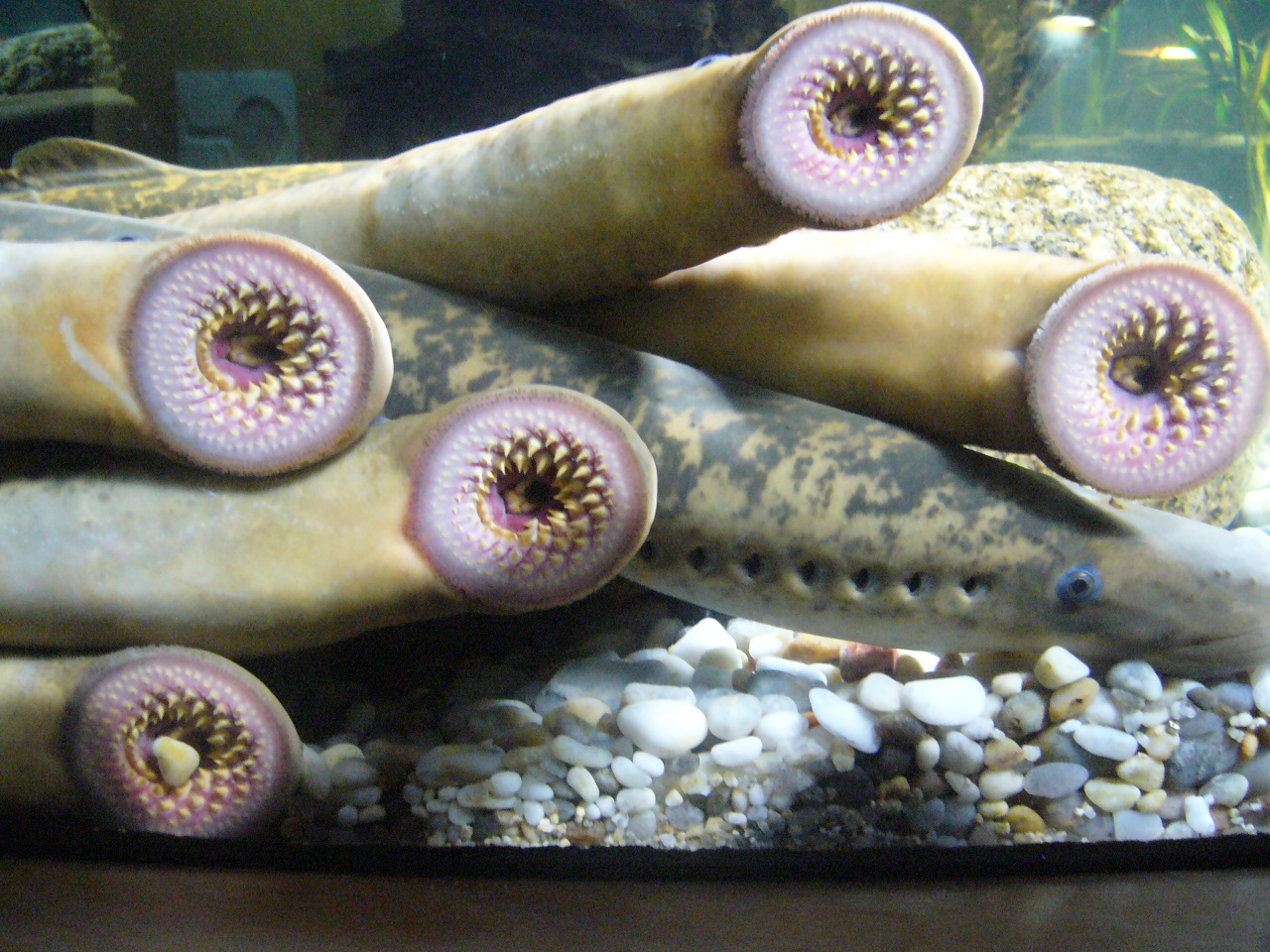
Some prehistoric survivors adopted survival strategies that might make your skin crawl. The prehistoric sea lamprey is an ancient species that has adapted to a parasitic lifestyle for over 340 million years. Residing primarily in the Atlantic Ocean, these eel-like creatures have cartilaginous skeletons and suction-like mouths filled with sharp teeth. These living fossils represent one of the most ancient vertebrate lineages still swimming in our oceans today.
Another ancient fish with a snake-like body, the Lamprey has survived four major extinctions in their 360 million year existence. They are made completely of cartilage – no bones – similar to eels, and feed by sucking the blood of other creatures like leeches. Their unique anatomy reflects their primitive origins, lacking many of the advanced features found in more recently evolved fish species.
The feeding mechanism of lampreys is both fascinating and terrifying. To make matters even more fun, it’s the tongue of the Lamprey that does the damage and punctures its victim. This rasping tongue, covered in rows of sharp teeth, allows them to bore through the skin of larger fish and feed on their blood and other fluids. Despite their somewhat gruesome lifestyle, lampreys provide essential insights into the evolution of sea life.
Nautiluses: Living Submarines of the Ancient Seas
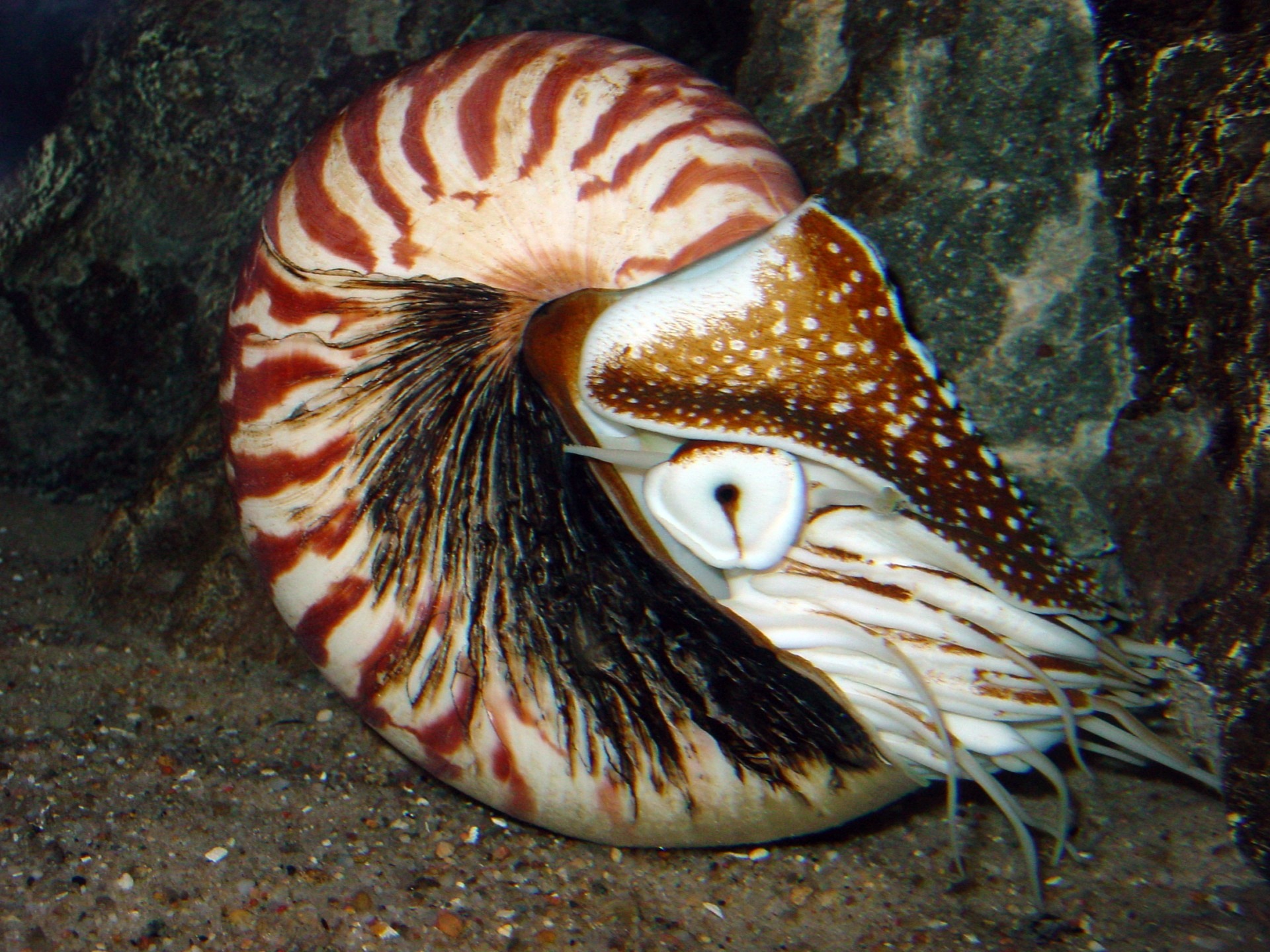
Gliding through coral reefs like living submarines, nautiluses represent one of the most elegant survivors from prehistoric times. A relative of cuttlefish, squid, and octopuses, the chambered nautilus is the only living cephalopod with a true external shell for protection. The oldest species long predate the dinosaurs, with fossils at least 500 million years old. Their spiral shells have inspired mathematicians and artists for centuries, embodying perfect geometric proportions found throughout nature.
They use their beak-like mouth to pry open tough shells and an internal tube (the hyponomoe) to regulate the amount of water and air in their shell – mastering the art of buoyancy so well that we looked to the nautilus to inspire the submarine (aka NAUTILUS). This sophisticated buoyancy control system allows them to rise and sink through the water column with remarkable precision, much like modern submarines.
The hunting prowess of nautiluses is equally impressive. Chambered nautiluses hunt for fish, crabs and lobsters by using chemosensors on their 90 (!) retractable, sucker-less tentacles to pick up food scents. They are intelligent animals, with learning and memory abilities that rival those of their famously brainy octopus relatives. However, their ancient lifestyle makes them vulnerable in the modern world: With gorgeous shells that come in an array of colors and patterns, the nautilus is at risk of overharvesting. Additionally, they are considered a highly vulnerable species due to their low reproductive rates, slow growth and late maturity.
Jellyfish: The Immortal Drifters

Perhaps no creatures embody the concept of prehistoric survival quite like jellyfish. Fossil evidence dates sea jellies as far back as 500 million years ago – if not longer. These seemingly simple creatures have mastered the art of survival through simplicity itself, drifting through Earth’s oceans since before complex life had even thought about crawling onto land.
Starting with the most common-sighted creature, jellyfish are another creature that has been around for millions of years – another 500 million, to be exact. While they may lack blood, a heart, and a brain, and are 95% water, these critters are still technically critters! Their basic body plan has proven so successful that evolution has barely touched it across half a billion years.
What makes jellyfish truly remarkable is their adaptability to changing conditions. What sets sea jellies apart from the rest of the animals on this list is their high adaptability and predicted successful future. Because of their lack of complex features, things like temperature, salinity and acidity, which are causing the demise of so many ocean animals, are not a problem for sea jellies. They thrive in oceans that are not supposed to contain life because they are too simple to be bothered by, say, a lack of oxygen and increasing temperatures. In fact, as their predators decrease as a result of climate change, the jellyfish population is expected to boom – someday, these prehistoric creatures may rule the ocean as they did so long ago.
The Deep Ocean’s Hidden Prehistoric Legacy
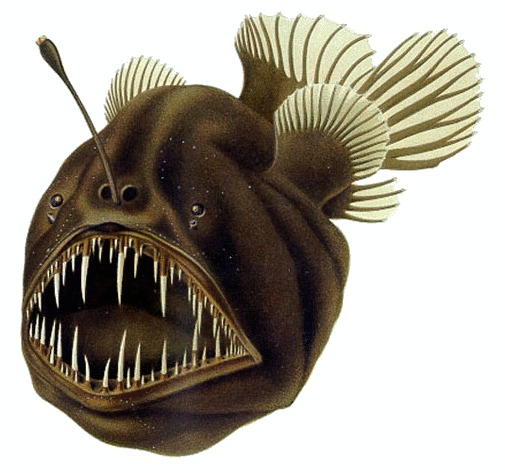
The deep ocean serves as Earth’s greatest museum of living prehistory. The marine depths seem to be a good place for “living fossils,” with cartilaginous fish such as sharks and rays generally being 2 to 4 times more evolutionarily distinct than land animals. This extraordinary evolutionary distinctiveness suggests that the deep sea has served as a refuge for ancient lineages that were outcompeted or went extinct in other environments.
Consider the remarkable diversity of ancient creatures still thriving in our oceans. Also known as sea lilies, Crinoids first appeared approximately 480 million years ago! Today, they inhabit much deeper ocean environments while their fossilised stems can be found in rocks across the globe. These filter-feeding animals create underwater gardens that would look perfectly at home in a Paleozoic seascape.
The stability of deep ocean environments has provided perfect conditions for these living fossils to persist. In the paper, published April 18 in the journal Nature, the researchers speculate that the coelacanth’s relatively unchanged deep-sea habitat, and an apparent lack of predation over thousands to millions of years, means this ancient fish didn’t need to change much to survive. This remarkable environmental consistency has allowed entire ecosystems of prehistoric creatures to survive virtually unchanged while the rest of the world transformed around them. Each time you look into the deep ocean, you’re essentially peering back through geological time itself.
Conclusion
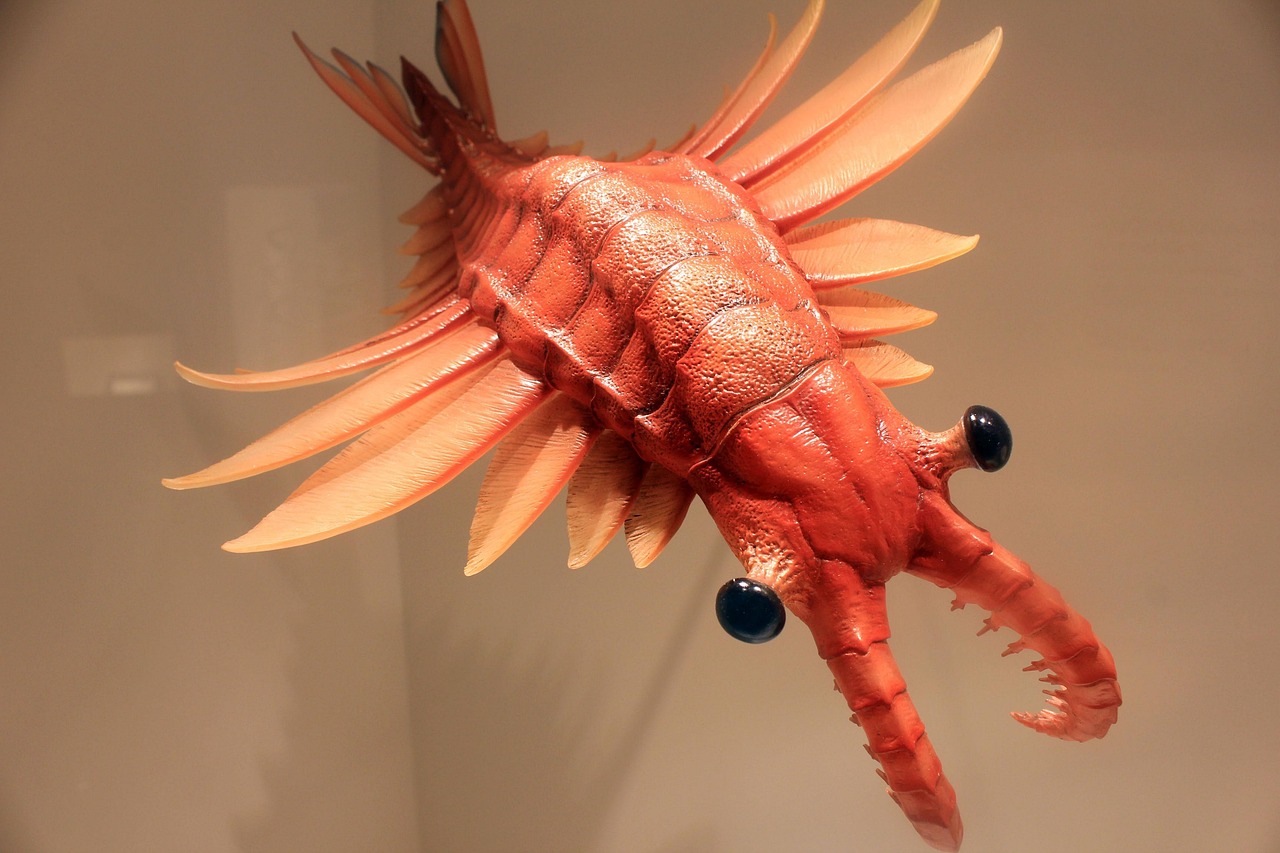
The next time you stand at the ocean’s edge, remember that you’re looking at more than just water. You’re gazing into a living museum where creatures from Earth’s most ancient past continue their million-year journey through time. These prehistoric giants didn’t just survive the asteroid that killed the dinosaurs, they’ve weathered ice ages, volcanic catastrophes, and mass extinctions that reshaped life on Earth multiple times over.
From the coelacanth’s lobed fins to the nautilus’s perfect spiral shell, from the kraken-like giant squid to the immortal jellyfish, these living fossils represent direct links to our planet’s deepest past. They remind us that evolution isn’t just about change, sometimes the greatest success comes from perfecting a design so well that time itself cannot improve upon it.
What fascinates you more about these ancient ocean dwellers: their incredible resilience through countless global catastrophes, or the fact that we’re still discovering new secrets about creatures that have been swimming alongside us for hundreds of millions of years? Share your thoughts in the comments below.



